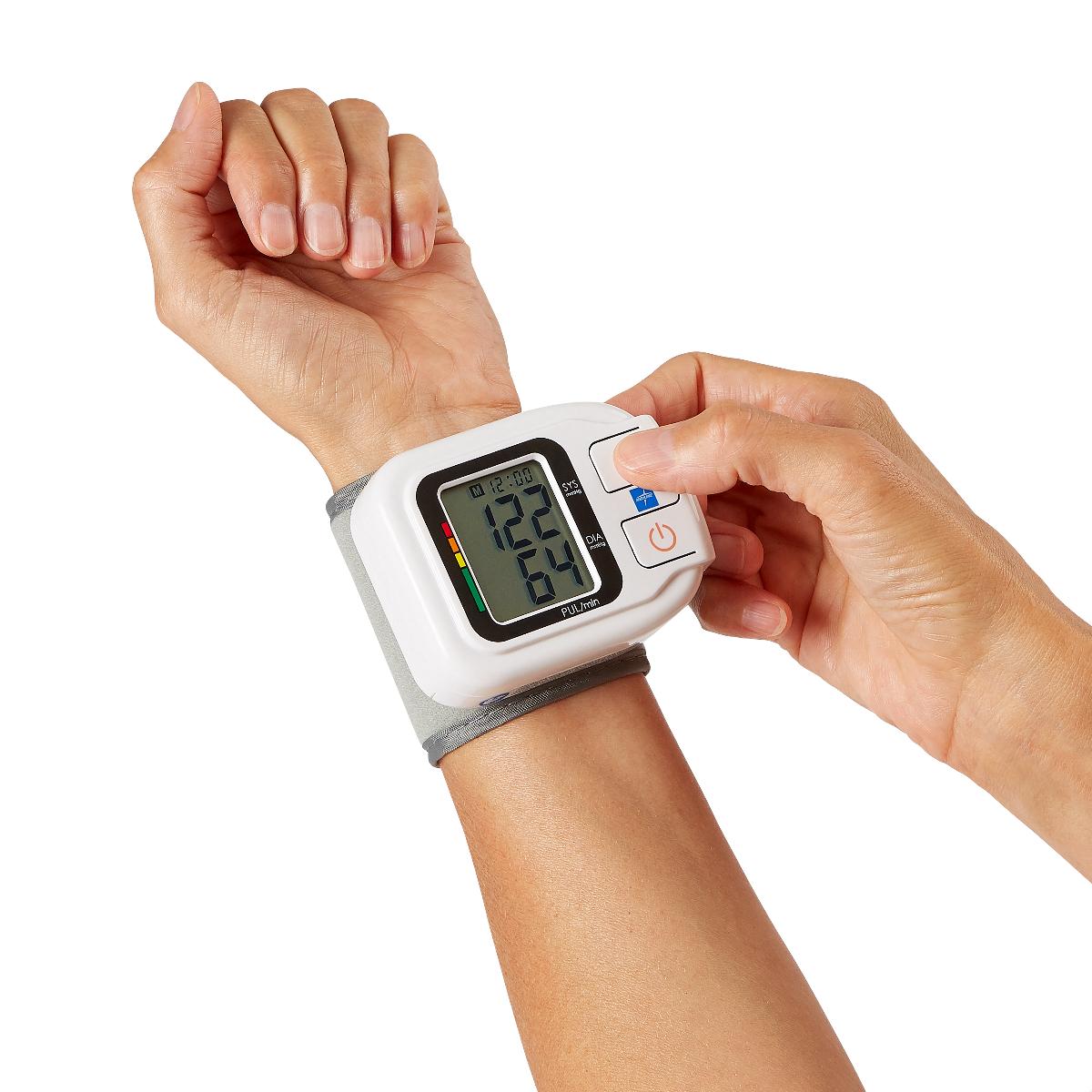
For more information about how the Performance Schema uses memory, see the MySQL Documentation for The Performance Schema memory-allocation model.Īlong with the Performance Schema tables, you can also use MySQL sys schema. When the Performance Schema is enabled, then MySQL allocates internal buffers when the instance is started and during server operations. Memory can be consumed by the Performance Schema if you enabled the Performance Schema for Performance Insights on Amazon RDS for MySQL. For more information, see Best practices for working with MySQL storage engines. If you perform bulk inserts to MYISAM tables, then bulk_insert_buffer_size bytes of memory are used. For more information, see Working with DB parameter groups. You can allocate the minimum memory to session-level variables such as join_buffer_size and join_buffer_size and sort_buffer_size. Configuring your session variables with a value that is too high can cause issues if the queries aren't optimized. If a query involves multi-table JOINs and all the queries require a JOIN buffer, then MySQL allocates one fewer JOIN buffer than the total number of tables. For example, MySQL allocates one JOIN buffer to perform JOIN between two tables. Memory usage will increase if multiple buffers of the same type, such as join_buffer_size or sort_buffer_size, are allocated during a JOIN or SORT operation. For more information about this variable, see created_tmp_tables on the MySQL website. To confirm whether an implicit temporary table has been created, use the created_tmp_tables variable. Note: When you increase the limits tmp_table_size and max_heap_table_size, larger temporary tables are able to live in-memory. To reduce memory utilization, avoid using temporary tables in your queries. When multiple sessions create internal temporary tables, you might see increases in memory utilization.

When the tables reach the size specified by tmp_table_size or max_heap_table_size (whichever has the lowest value), then the table is converted to a disk-based table. These tables are created initially as memory-based tables. The following threads require allocated memory:Īdditionally, MySQL creates internal temporary tables to perform some operations. Memory is also allocated for each MySQL thread that's connected to a MySQL DB instance. For more information, see Best practices for configuring parameters for Amazon RDS for MySQL, part 1: Parameters related to performance. If the BufferCacheHitRatio value is low, you might need to increase the instance size for more RAM. Make sure that the instance's BufferCacheHitRatio value isn't too low. Then, consider reducing the value for innodb_buffer_pool_size by modifying the parameter value in your custom parameter group.įor example, the default DBInstanceClassMemory*3/4 can be reduced to *5/8 or *1/2. Make sure to review this parameter first to identify the source of memory usage. Then, monitor those specific metrics and configure your sessions for optimal performance. After you identify the components that are using memory, you can look for bottlenecks at the instance and database level. When you're using Amazon RDS for MySQL, make sure to understand how MySQL uses and allocates memory. Amazon RDS for MySQL also has an internal memory component (such as key_buffers_size or query_cache_size) that creates internal temporary tables to perform certain operations.
#Free memory monitor free
Free Memory: The memory that's available for use.Buffer: A buffer is a temporary space in memory that's used to hold a block of data.Active: The memory that's actively being consumed by database processes or threads.

In Amazon RDS for MySQL, you can monitor four memory statuses:


 0 kommentar(er)
0 kommentar(er)
